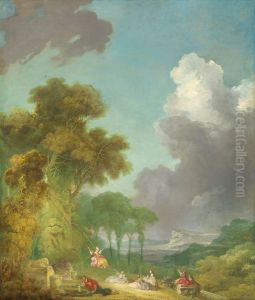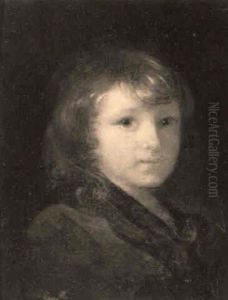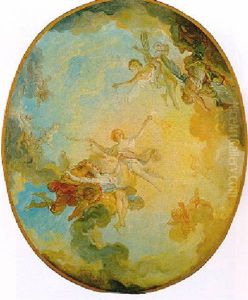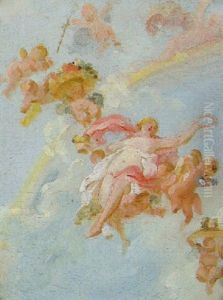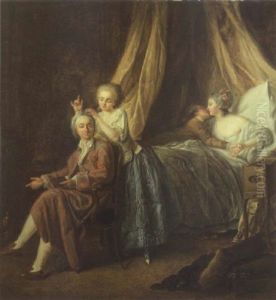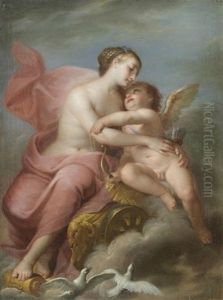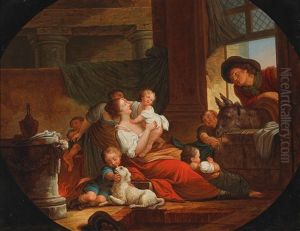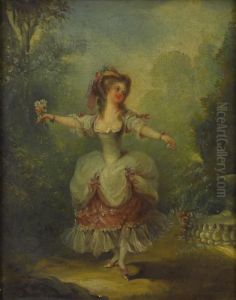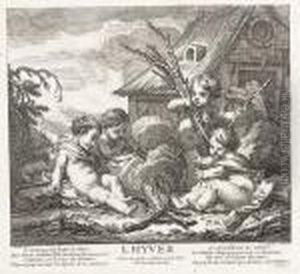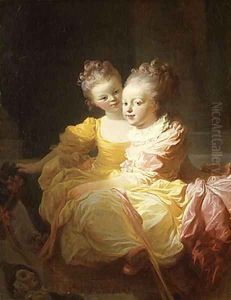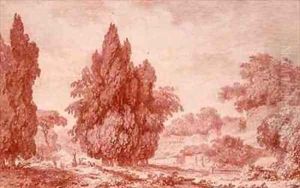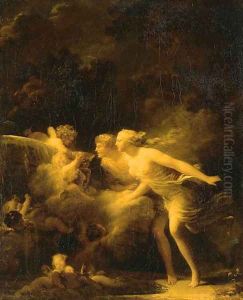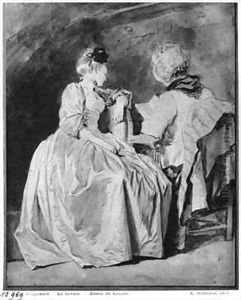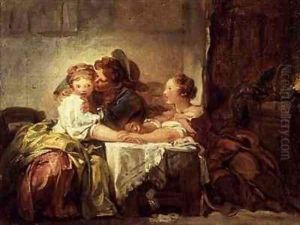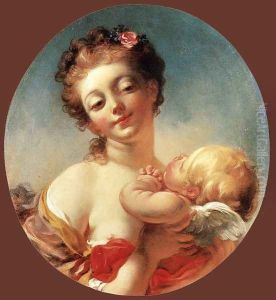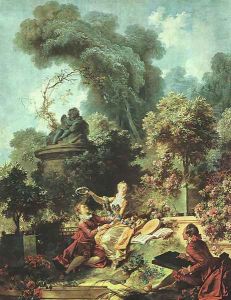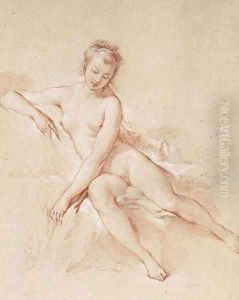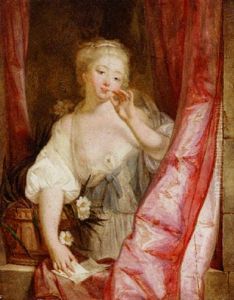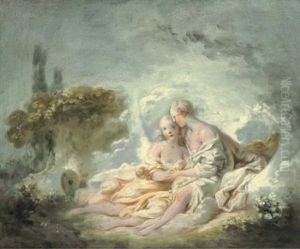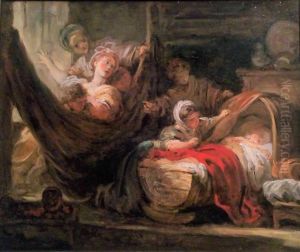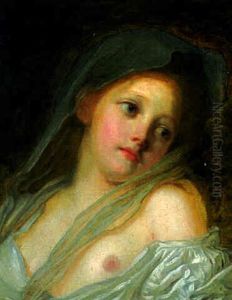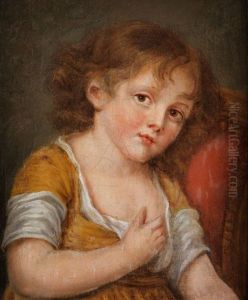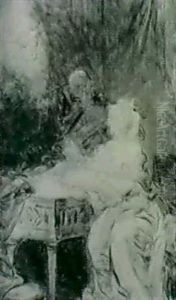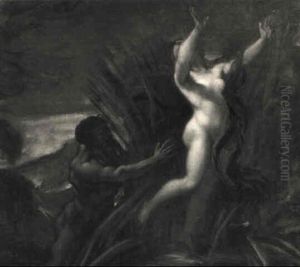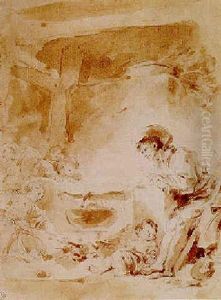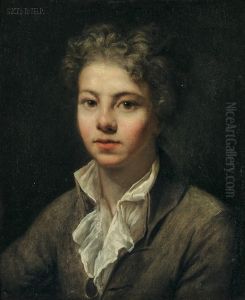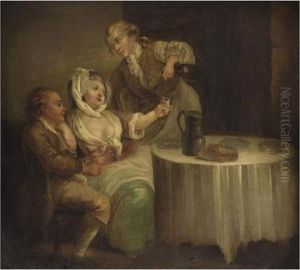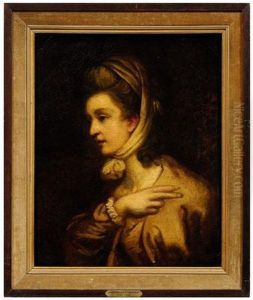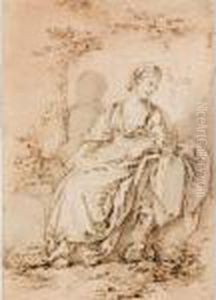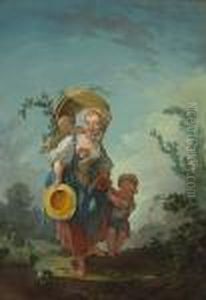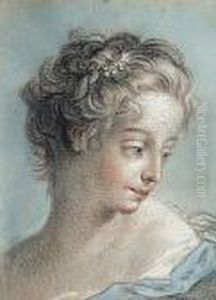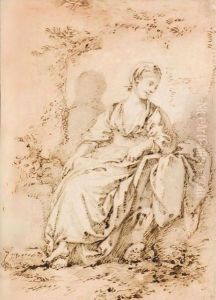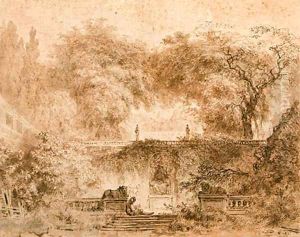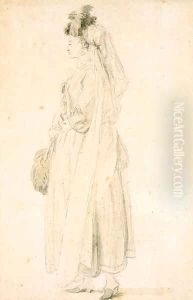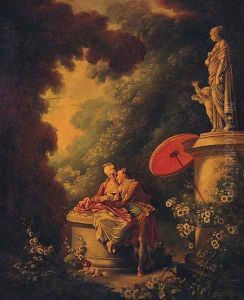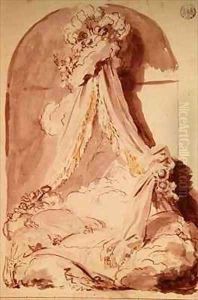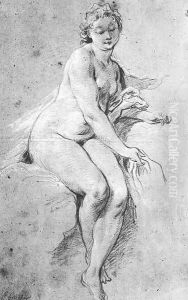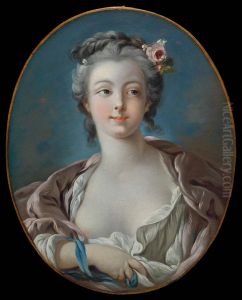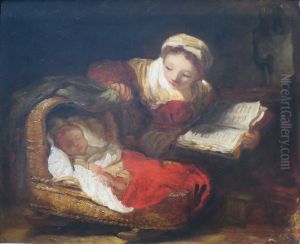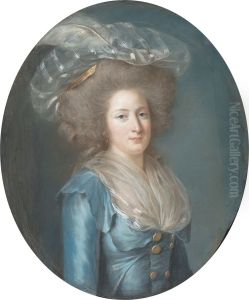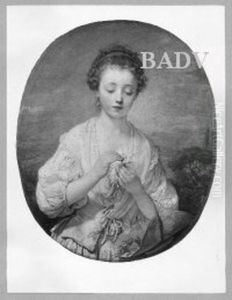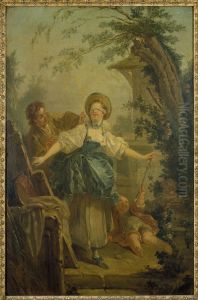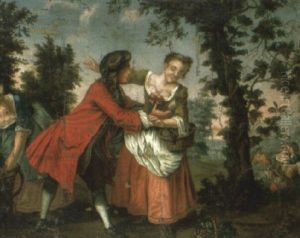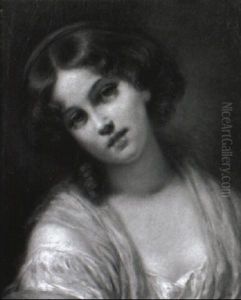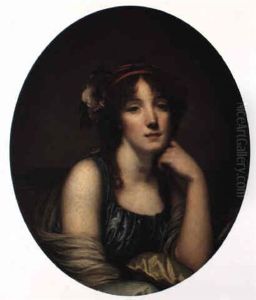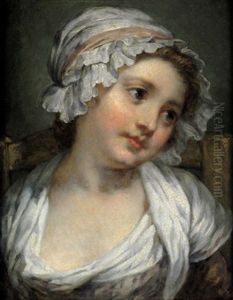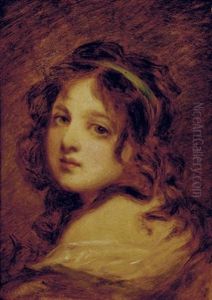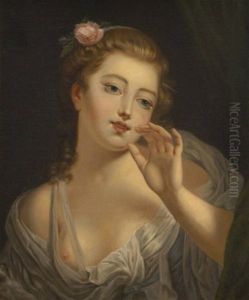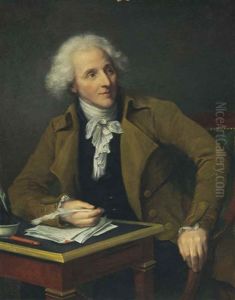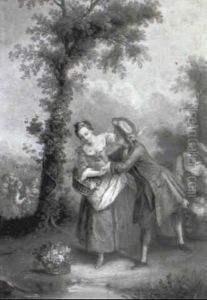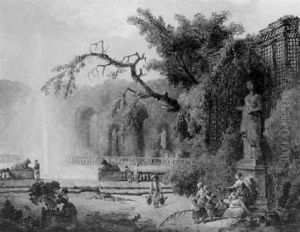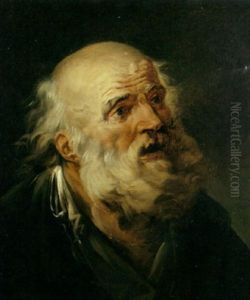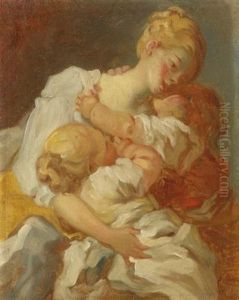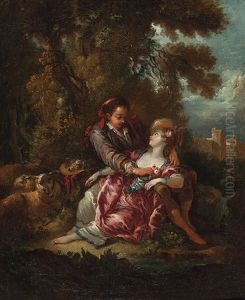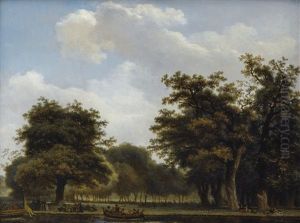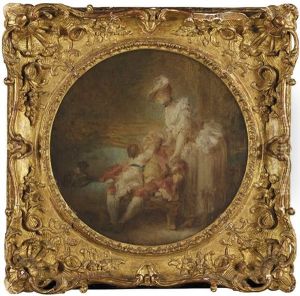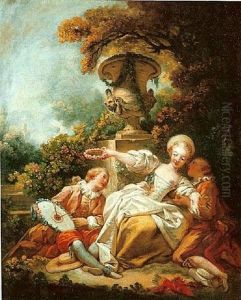Cultural Shifts In 18th Century France Paintings
Exploring the Cultural Shifts in 18th Century France Through Art
The 18th century in France was a period of immense transformation, laying the groundwork for the modern world. This era witnessed profound Cultural Shifts in 18th Century France, moving from the opulent frivolity of the Rococo to the stern moralism of Neoclassicism, reflecting deep societal and intellectual changes that reshaped the nation.
At the dawn of the century, the Rococo style dominated the artistic landscape, embodying the luxurious and often carefree spirit of the French aristocracy under the Ancien Régime. Artists like Antoine Watteau, Jean-Honoré Fragonard, and François Boucher captured scenes of pastoral romance, elaborate *fêtes galantes*, and intimate portraits. Their works were characterized by delicate pastels, curvilinear forms, and a sense of playful elegance, perfectly suited to the private salons and grand châteaux of the elite. This art served as a visual escape, reflecting the prevailing aristocratic patronage and tastes.
However, beneath this veneer of gaiety, the intellectual ferment of the Enlightenment was taking hold. *Philosophes* like Voltaire, Jean-Jacques Rousseau, and Denis Diderot championed reason, individual liberty, and civic virtue, challenging traditional authority and social structures. This intellectual awakening profoundly influenced artistic tastes and public discourse. The rediscovery of classical antiquity, particularly the groundbreaking excavations of Pompeii and Herculaneum, further fueled a desire for art that embodied the noble simplicity and grandeur of ancient Greece and Rome.
This led to the powerful emergence of Neoclassicism, a style that deliberately rejected Rococo's perceived superficiality and moral laxity. Neoclassical art emphasized clarity, order, and moral rectitude, often drawing themes from classical history and mythology to convey messages of heroism, sacrifice, and civic duty. Jacques-Louis David became the quintessential artist of this movement, with iconic works like "The Oath of the Horatii" powerfully illustrating the new ideals. The shift in art patronage, from the aristocracy to an emerging bourgeoisie and eventually the revolutionary government, also played a crucial role, demanding art that resonated with a broader public and reflected changing values.
These Cultural Shifts in 18th Century France are vividly captured in the masterpieces of the era. From the last vestiges of monarchical grandeur to the powerful stirrings of revolution, the art serves as a historical mirror, reflecting the evolving ideals of a nation on the cusp of radical change. Exploring these iconic works offers a unique window into the intellectual and social currents that shaped one of history's most pivotal centuries.

